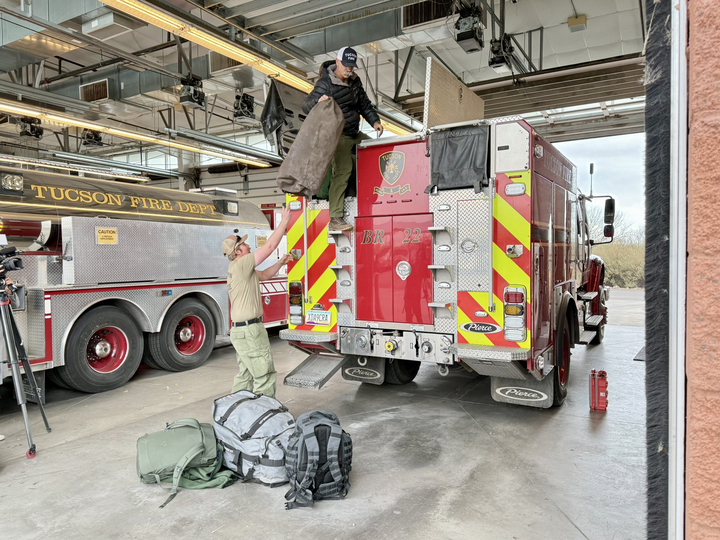While spring break is an ode to warmer weather, with students gearing up for weekends filled with sun, parties and friends, it also comes with severe dangers that could cost you your life. Here’s how you can have fun over spring break with safety in mind.
Christiana Castillo, an alcohol and other drug prevention specialist at UA Campus Health Service, warns that drinking heavily can have negative consequences.
“The more students drink, the more likely they’re able to be in situations where negative consequences can happen,” Castillo said.
Negative consequences can be anything from a simple hangover to blacking out. With heavy drinking also comes the “increase of promiscuity” and the risk of getting sexually transmitted infections.
According to the National Council on Alcoholism and Drug Dependence, 90 percent of acquaintance rape and sexual assault on college campuses involves the use of alcohol by the assailant, victim or both.
Mixing alcohol with prescription medications such as Adderall, anxiety or pain medication can be serious, according to Castillo.
“It can start with chest pain or increased heart rate and blood pressure,” Castillo said. “It can also cause drowsiness and black outs, but the risk for overdose and death are very high with those combinations.”
Castillo said the best way to drink responsibly without damaging your organs or causing you to make poor decisions is to stay in what she calls the sweet spot.
“A pro of drinking alcohol is when people drink to loosen up and when it tastes good,” Castillo said. “We recommend students stay in the sweet spot, where they’re experiencing those positive things.”
If you feel happy when you’re drinking, that’s the sweet spot. As soon as you start feeling emotional, embarrassed or regretful is when you’ve drank too much, according to Castillo.
The sweet spot is usually around a blood alcohol content of 0.05 or less, and determining your BAC isn’t as simple as counting your drinks. A person’s BAC can depend on a person’s weight, gender, the amount of alcohol the person drank and how quickly they drank it.
Another danger that comes with drinking too much is alcohol poisoning. According to a report on binge drinking conducted by the Centers of Disease Control and Prevention, 113 people between the ages of 15 and 24 die annually from alcohol poisoning.
Castillo said it’s important to know the symptoms of alcohol poisoning so someone you know doesn’t lose his or her life. A big misconception is to let someone “sleep it off.” Castillo said it’s extremely important to make sure that a people are able to be woken up by shaking them or calling their name. If they don’t wake up, it’s time to call 911. Signs of alcohol poisoning include slow or irregular breathing, vomiting and pale, blue or clammy skin.
While help is on its way, Castillo recommends turning people on their sides and not letting them stay on their back or stomach. Castillo also said to make sure their knees are slightly bent and their arms are under their heads. This prevents choking if they vomit.
If you plan on drinking, Castillo said to know your limit, know how much you’re drinking, stay hydrated, eat food and alternate between non-alcoholic drinks such as water or juice. Most importantly, make sure you have a designated driver.
University of Arizona Police Department Sergeant Filbert Barrera urges students to travel safely if they plan on leaving Tucson.
“We need to think about planning,” Barrera said. “Who’s going to drive, how long it’s going to be. Once we get there, then it’s all about taking care of each other.”
While Barrera suggests using tracking apps, such as UA’s LiveSafe, to make sure friends know you’ve arrived home safely if you have to walk alone, he warns students of phone’s capabilities in places such as Mexico. Planning out your trip, locating hospitals and knowing local emergency phone numbers is a must, especially if your phone may be out of service, according to Barrera.
Castillo and Barrera both encourage students to travel with people they trust, always stay in a group and make sure friends and family know where they’ll be during the day and at night.
“We just want people to plan a little bit when they go on spring break,” Barrera said. “We want them to have fun and enjoy their time off with friends and family, but we want them to get there and come back safe.”
Follow Amanda Oien on Twitter.









